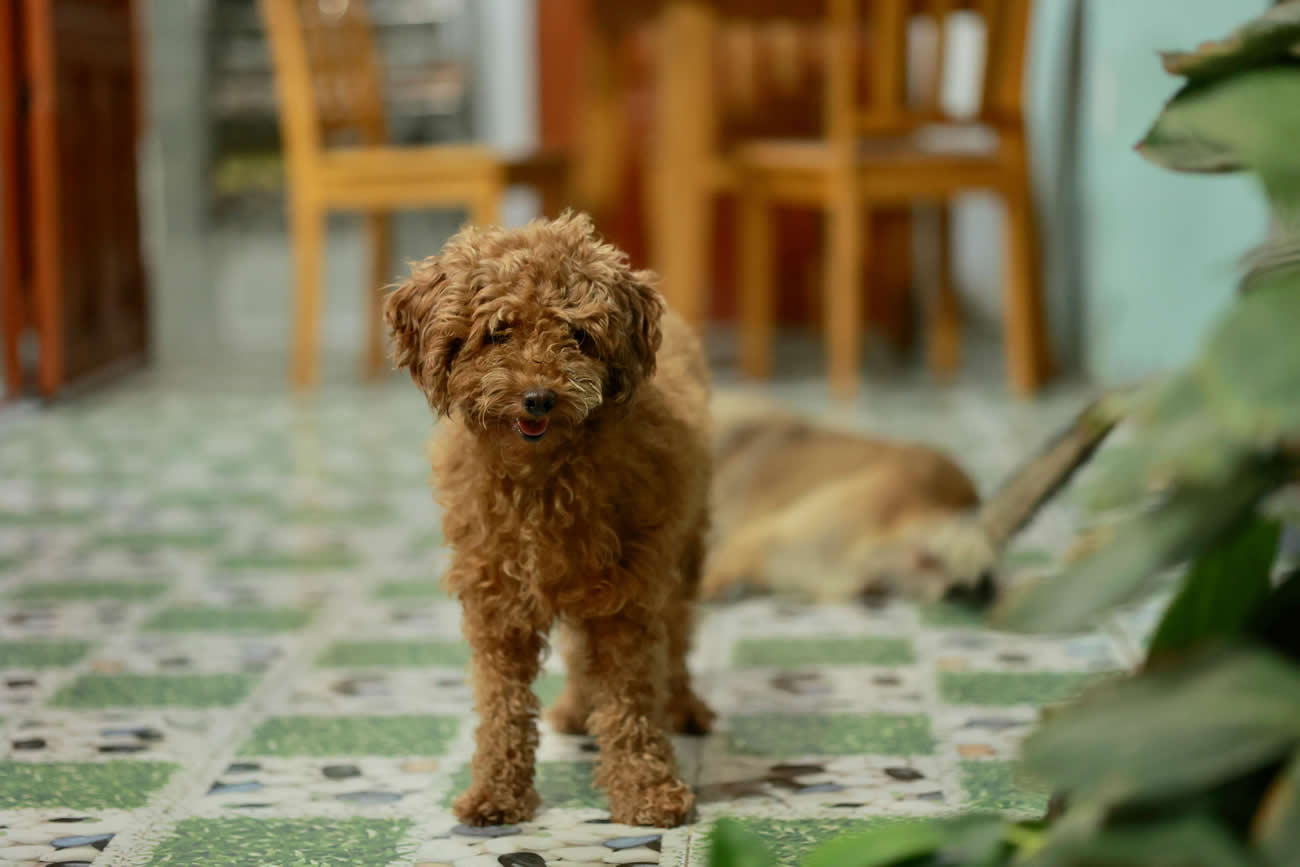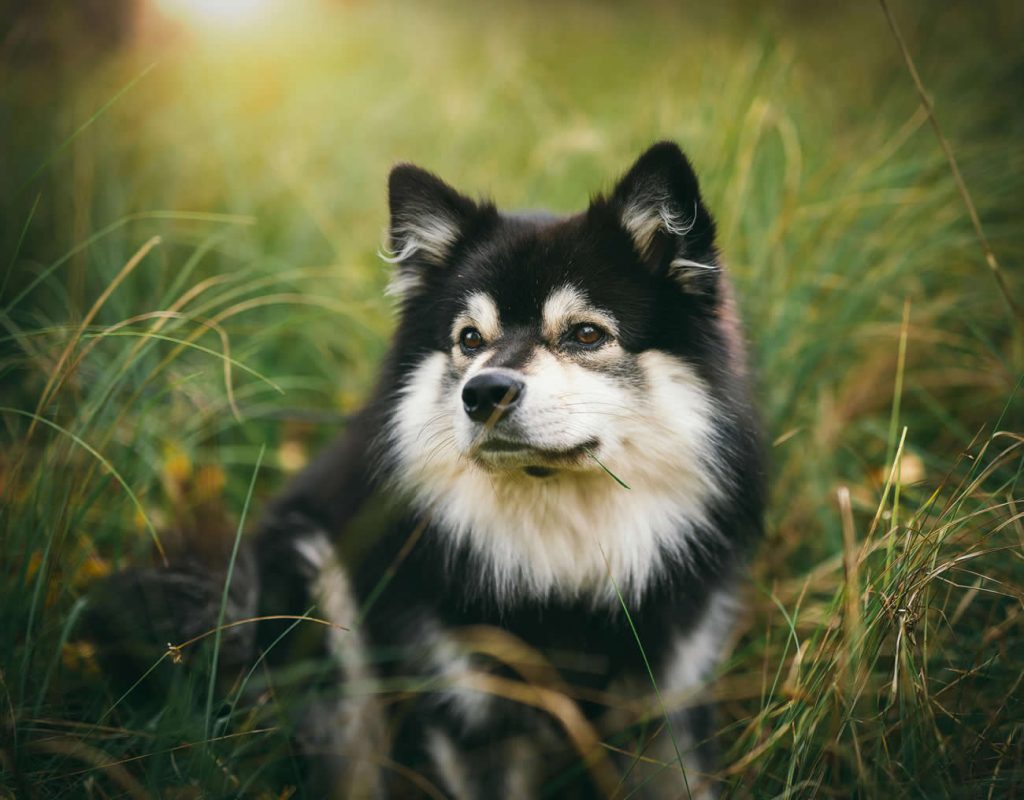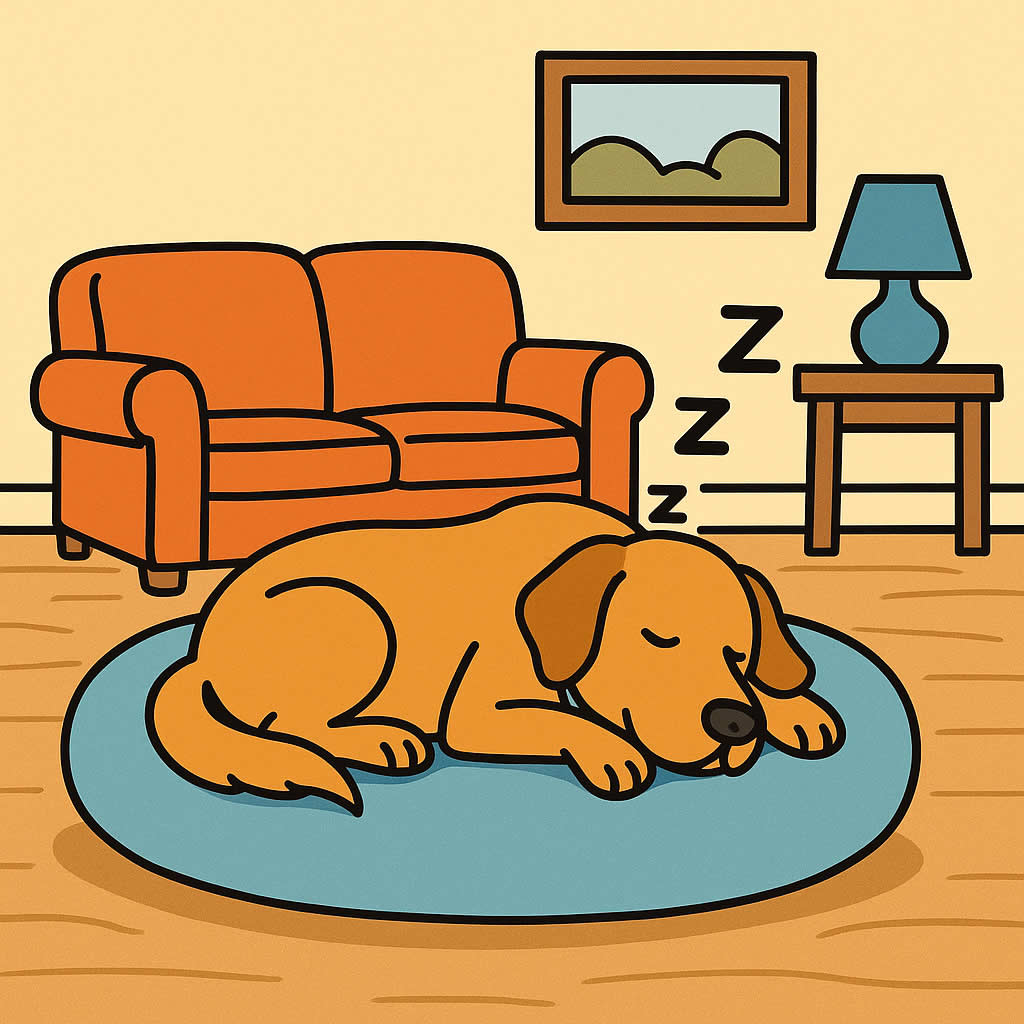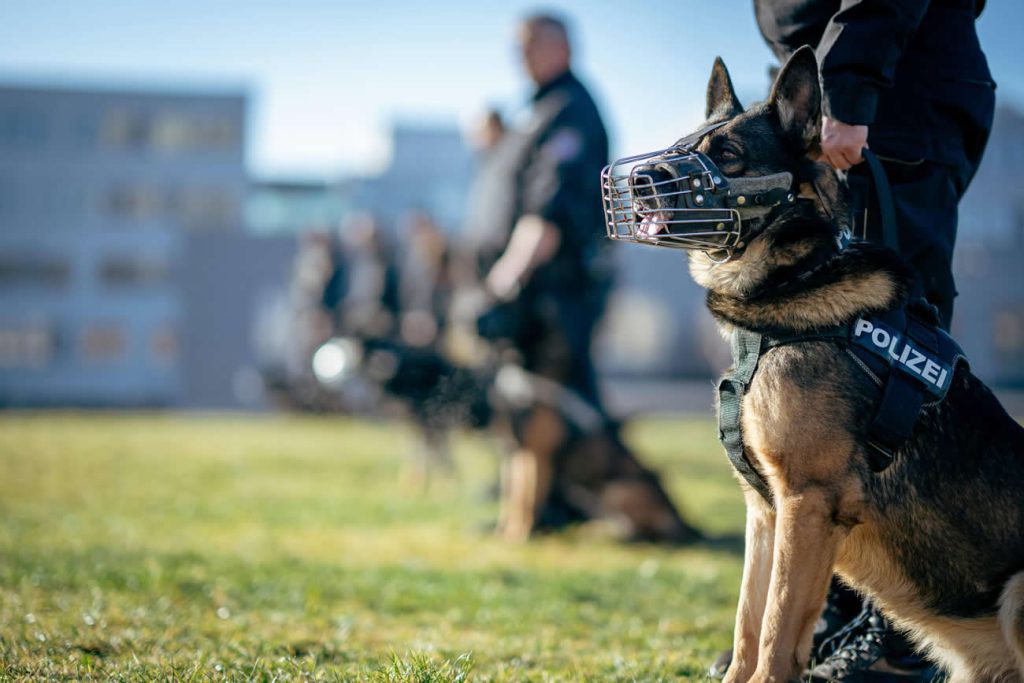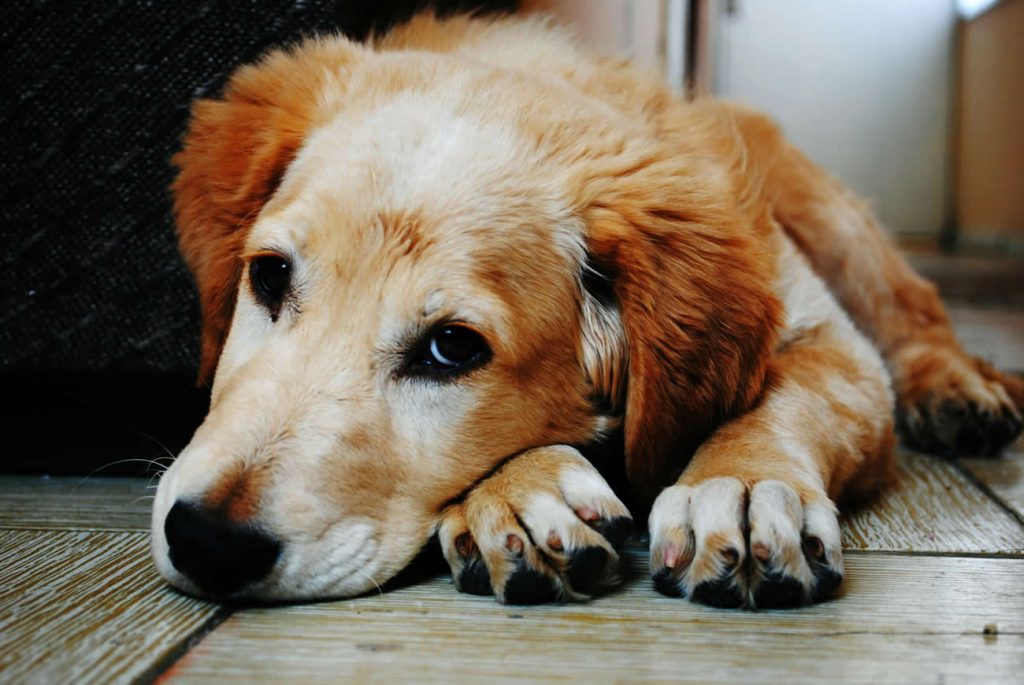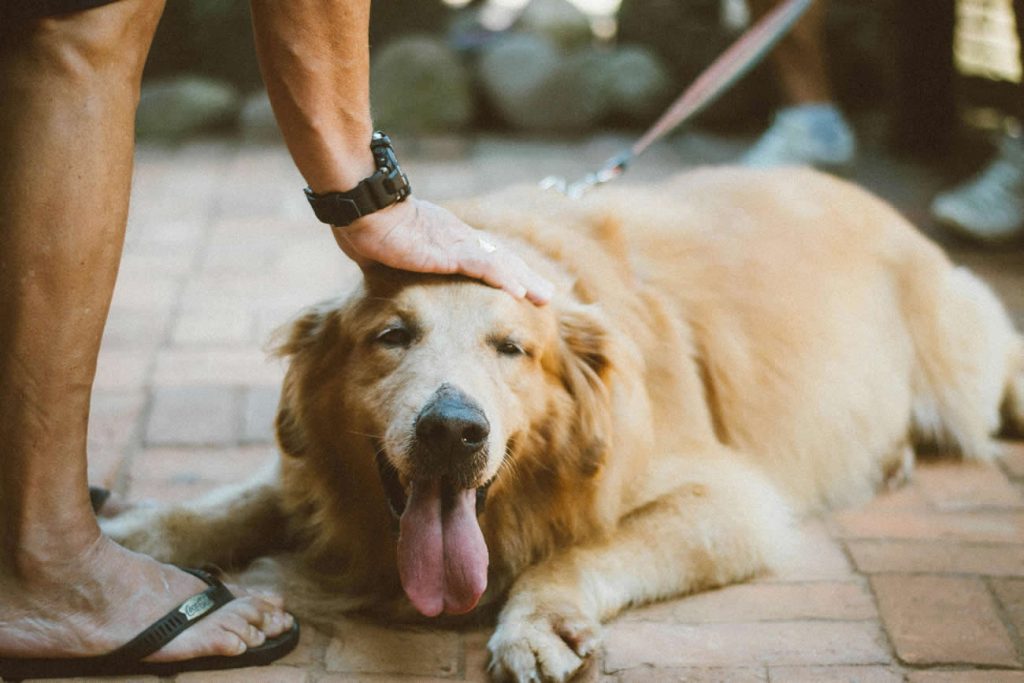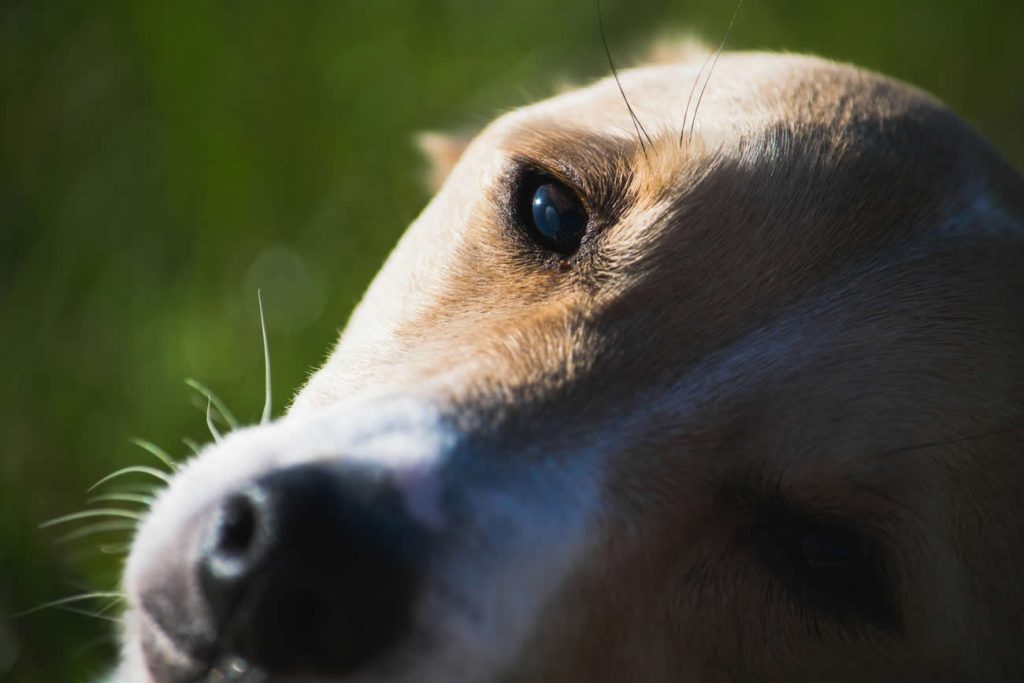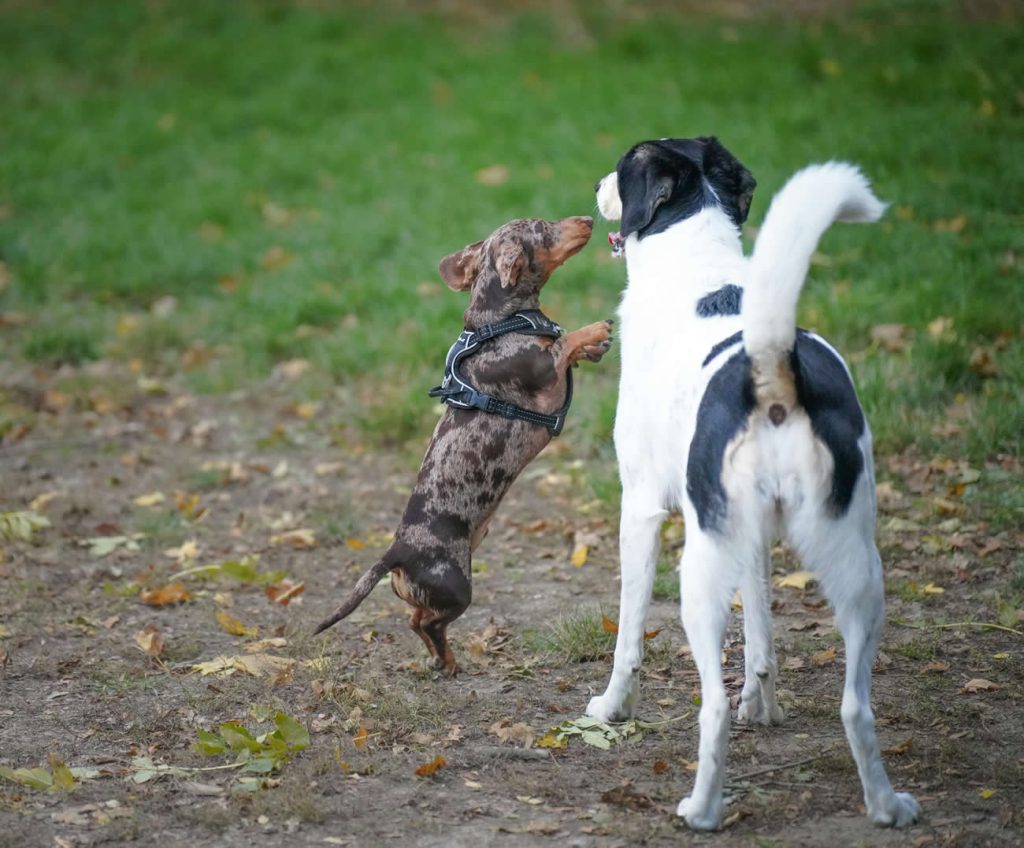Dealing with a dog that suddenly starts urinating inside the house can be a source of frustration for pet owners.
Whether your furry friend has been house-trained for years or is a recent addition to your family, inappropriate urination can stem from various causes, both medical and behavioural.
Understanding these triggers and knowing how to address them is crucial for maintaining a harmonious living environment.
In this guide, we will explore the reasons behind this behaviour and provide effective strategies to help your dog learn to relieve itself appropriately.
Understanding the Causes of Inappropriate Urination
Medical Issues
Before jumping to conclusions about behavioural problems, it’s essential to rule out any underlying medical conditions that could be causing your dog to pee indoors. Common health issues include:
- Urinary Tract Infections (UTIs): These infections can lead to increased urgency and frequency of urination. Your dog may not make it outside in time.
- Kidney Problems: Conditions affecting the kidneys can result in excessive thirst and urination, leading to accidents indoors.
- Incontinence: This is particularly common in older dogs, where they may leak urine without realising it.
- Hormonal Changes: Spaying or neutering can sometimes lead to changes in urinary control.
If you suspect a medical issue, a visit to the vet is essential. They may conduct a urinalysis or other diagnostic tests to pinpoint the problem.
Behavioural Triggers
If your dog receives a clean bill of health, the next step is to examine behavioural reasons for the accidents. Common behavioural triggers include:
- Anxiety and Fear: Changes in the home environment, such as moving to a new house, introducing a new pet, or even loud noises, can cause anxiety. Dogs may respond by urinating indoors.
- Excitement: Some dogs may urinate when they are overly excited, such as during greetings or playtime.
- Territorial Marking: Dogs may mark their territory by urinating in response to new scents or changes in their environment.
- Submissive Urination: This behaviour often occurs in puppies or shy dogs when they feel threatened or anxious.
Recognising these triggers will help you develop a tailored approach to address the issue.
Steps to Prevent Indoor Urination
Increase Potty Breaks
One of the simplest ways to prevent accidents is to increase the frequency of outdoor potty breaks. Dogs thrive on routine, and having a consistent schedule can help them learn when it’s time to go outside.
- Regular Schedule: Take your dog out first thing in the morning, after meals, and before bedtime.
- Frequent Short Walks: If your dog tends to have accidents indoors, consider taking them out every hour or so until they get back into the habit of going outside.
- Reward for Success: Always praise and reward your dog when they relieve themselves outdoors. Positive reinforcement encourages them to repeat the behaviour.
Monitor Your Dog’s Behaviour
Keeping a close eye on your dog can help you catch them before they have an accident. Watch for signs that they need to go out, such as:
- Sniffing around
- Circling or pacing
- Whining or barking
When you notice these behaviours, take them outside immediately. This proactive approach can prevent accidents and reinforce good habits.
Create a Comfortable Environment
Dogs are sensitive to their surroundings. If your dog feels stressed or insecure, they may be more likely to have accidents indoors.
- Safe Space: Create a designated area in your home where your dog feels safe and secure. This could be a quiet room or a comfortable crate.
- Minimise Stressors: Identify any stressors in your home, such as loud noises or new pets, and try to minimise their impact on your dog. For example, using white noise machines can help drown out sudden sounds.
Clean Up Accidents Properly
If your dog does have an accident indoors, it’s crucial to clean it up thoroughly.
- Enzymatic Cleaners: Use cleaners specifically designed to eliminate pet odours. These products break down the proteins in urine that cause lingering smells, which can attract your dog back to the same spot.
- Avoid Punishment: Never scold your dog for having an accident. This can create fear and anxiety, making the problem worse. Instead, focus on cleaning up and preventing future incidents.
Address Submissive Urination
If your dog exhibits submissive urination, it’s essential to approach the situation with care.
- Positive Reinforcement: Encourage your dog with treats and praise when they behave calmly. Avoid using harsh tones or scolding, as this can exacerbate their anxiety.
- Modify Greetings: Teach your family and friends to greet your dog calmly. Encouraging them to kneel rather than stand over your dog can help reduce anxiety and prevent submissive urination.
Behaviour Modification Techniques
Crate Training
Crate training can be an effective way to manage your dog’s behaviour. Dogs instinctively avoid soiling their sleeping area, making a crate a useful tool for house-training.
- Introduce the Crate Gradually: Allow your dog to explore the crate on their own. Use treats and toys to make it a positive experience.
- Short Periods: Start by confining your dog for short periods and gradually increase the time as they become more comfortable.
- Supervision: When you cannot supervise your dog, use the crate to prevent accidents.
If your dog continues to have accidents despite your efforts, consider enrolling them in a training class.
- Professional Help: A professional trainer or behaviourist can provide tailored strategies to address your dog’s specific issues.
- Socialisation: Regular socialisation with other dogs and people can help reduce anxiety and promote confidence.
Neutering or Spaying
If your dog is not already neutered or spayed, consider this option.
- Hormonal Influence: Neutering or spaying can reduce territorial marking and other hormone-driven behaviours.
- Timing Matters: It’s best to spay or neuter your dog before they reach maturity for the most effective results.
Recognising and Responding to Triggers
Identify Triggers
Understanding what triggers your dog’s urination is key to addressing the issue effectively.
- Keep a Journal: Track when and where accidents occur to identify patterns. Note any changes in the environment that coincide with these incidents.
- Adjust Accordingly: Once you identify triggers, adjust your dog’s routine or environment to minimise exposure to these stressors.
Use Positive Reinforcement
Positive reinforcement is a powerful tool in training.
- Reward Good Behaviour: Always reward your dog for urinating outside. This reinforces the desired behaviour and helps them understand what you expect.
- Avoid Negative Reinforcement: Punishing your dog for accidents can lead to fear and anxiety, making the problem worse.
Seeking Professional Assistance
Consult a Veterinarian
If you’ve tried various strategies without success, it may be time to consult a veterinarian.
- Medical Evaluation: A thorough examination can help rule out any underlying health issues that may be contributing to the problem.
- Behavioural Assessment: Your vet may also refer you to a veterinary behaviourist for additional support.
Consider Medication
In some cases, medication may be necessary to help manage anxiety or other behavioural issues.
- Discuss Options: Talk to your veterinarian about whether medication may be appropriate for your dog. They can recommend suitable options based on your dog’s specific needs.
Conclusion
Addressing the issue of a dog peeing in the house requires patience, understanding, and a proactive approach.
By identifying the underlying causes, implementing effective strategies, and seeking professional help when needed, you can help your furry friend learn to relieve themselves appropriately. Remember that every dog is unique, and what works for one may not work for another.
With time and effort, you can create a harmonious living environment for both you and your beloved pet.

